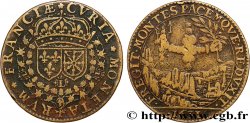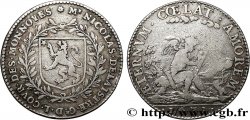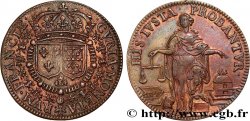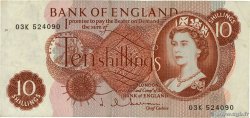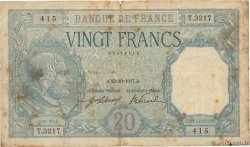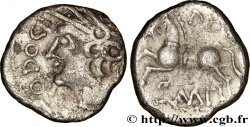v11_1306 - COUR DES MONNAIES DE PARIS Jeton AR 29 n.d.
MONNAIES 11 (2002)
Starting price : 274.41 €
Estimate : 609.80 €
unsold lot
Starting price : 274.41 €
Estimate : 609.80 €
unsold lot
Type : Jeton AR 29
Date: n.d.
Metal : silver
Diameter : 30 mm
Orientation dies : 6 h.
Weight : 7,41 g.
Edge : cannelée
Rarity : R2
Coments on the condition:
Le revers est extraordinaire avec une très belle patine dorée. Le droit présente des reliefs un peu plus faibles et une légère patine grise
Catalogue references :
Obverse
Obverse legend : LUD. XV. REX - CHRISTIANISS..
Obverse description : Buste à droite de Louis XV signé fm [Feuardent n° 322].
Obverse translation : (Louis XV, roi très chrétien).
Reverse
Reverse legend : À L’EXERGUE EN TROIS LIGNES : PREVT. GNL. DES MONNOYES / ET MARECHAUSSEE / DE FRANCE.
Reverse description : Bâton de maréchal et épée en sautoir. Au-dessus, une foudre lançant des traits et des quantités de pièces de monnaie. Au-dessus une banderole avec : SUNT. HEC - QUOQUE FULMINA - REGUM.
Commentary
Ce buste et ce métal ne sont pas signalés dans Feuardent. On note aussi des variantes dans la légende.








 Report a mistake
Report a mistake Print the page
Print the page Share my selection
Share my selection Ask a question
Ask a question Consign / sell
Consign / sell
 Full data
Full data